Contents
|
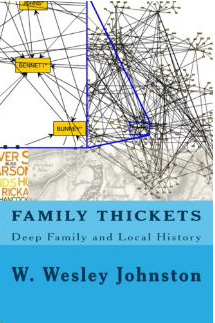
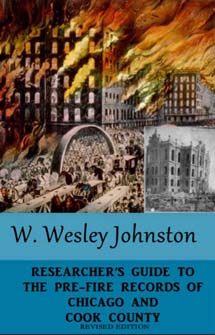
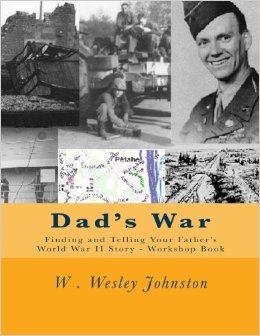
My Family History Books Click on a book to see it on Amazon. |
|
When it comes to the Olympics, I can cheer for just about any country, since I have either ancestors or relatives on every continent (though it has been a while since my Canadian relative lived for a while in Antarctica and allowed that claim to be made). My apologies to those family members who have provided me with updated information: just about every one of these web pages could be updated. But there are so many different lines that it is impossible for me to keep up to date with every one of them. But gradually, all that I have gathered is being incorporated into these pages and my trees on Ancestry.com which are my master copies. |
Contents
|



My Family History Books Click on a book to see it on Amazon. |
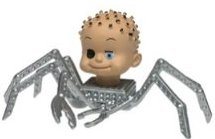 Beware of blindly believing Ancestry.com member family trees. Click here for more information.
Beware of blindly believing Ancestry.com member family trees. Click here for more information. 
|
DNA: Genetic Genealogy
In 1922, the Irish Civil War led to the destruction of the Public Record Office in Dublin. The records of generations were lost forever, leaving no hope for most of us with ancestors from Ireland of ever finding a documentary trail back to our ancestors. So many of us have turned to DNA testing to find our family history. While I have tested at all three of the major sites (Family Tree DNA, Ancestry, 23andMe) and uploaded my autosomal DNA results to the fourth (MyHeritage), I find the project/communities/groups for Family Tree DNA to be far superior to the others. So if you have to choose just one, I recommend Family Tree DNA, since in addition to the projects FTDNA is the only company doing Y-DNA and full mtDNA testing as well as autosomal DNA testing -- which is the only test that all the other companies do. I highly recommend that everyone interested in family history does as many of the DNA tests as they can afford.
|
|
Genealogical Graphing
|
|
Canadian Ancestors
The following allow direct search of Ontario online sources. |
|
Cornish and English Ancestors
|
|
Czech Ancestors My immigrant Czech ancestors were named Koutecky, Marek, Nevole, Subert, and Wolf. Before that I have Czech ancestors named Franče, Malypeter, Liebzeit / Librcajt, Wolf, Hildman and more. All came from central Bohemia.
|
|
Dutch Ancestors: The more family history I do, the more Dutch I become. I first thought I had only 6 Dutch immigrant ancestors -- two families, in which both parents and their child who was my ancestor came to Michigan -- Holland and Grand Rapids. But then it turned out that one of my German immigrant ancestors (August Gelis) really descended from a Dutch ancestor (Willem Gelis) from Weert in Limburg. Later, I found that some of colonial American ancestors were Dutch from New Amsterdam. So far, that's as Dutch as I have become through my research.
|
|
German Ancestors: I have 4 German immigrant ancestors and at least 2 more that I am tracing through marital relations: Hesse-Kassel, Old Schaumburg (area SW of Hannover), and Mecklenburg-Pomerania.
|
|
Chicago The above sections contain signficant links to Chicago information specific to particular nationalities. This section has Chicago resources not specific to a particular nationality or family. There are Chicago record links in several of the other sections on this web page, such as the extensive Chicago German Church and Cemetery records images.
|
|
Mexican Relatives' Ancestry The Mexican records that I have seen are among the best in the world for genealogical research, for example baptisms giving not only the mother's maiden name but the grandparents' names, including the grandmothers' maiden names. The country was stable for a very long time, so that many records survive back to the 1500's. I was very quickly able to trace back so many lines so far that it became overwhelming in such a short time. I have a great deal in two trees on Ancestry.com but have yet to figure out the best way to present it here. So for now, here are the links to the two Ancestry.com trees for those of you who have Ancestry accounts. These families converged in Chicago in the 1940's.
South Chicago Mexican Community in the 1900s: This web page is very much incomplete - a gradual accumulation of different records of the community in its earliest years, starting with the 1917-1918 World War I draft registrations Colotlan-Tlaltenango Earliest Baptisms Map: When you find that a baptism, marriage or burial happened before the earliest record in the church where you have been finding the family records, you want to know which church in the area has earlier records. People moved back and forth from Colotlan to Tlaltenango and other nearby places, making the research more of a challenge since these are in two different states -- which have very erratic borders. So I created a map of the area, showing the earliest baptism year for each parish, taken from the FamilySearch record collection titles for that church. Click on the thumbnail map for the full size map. 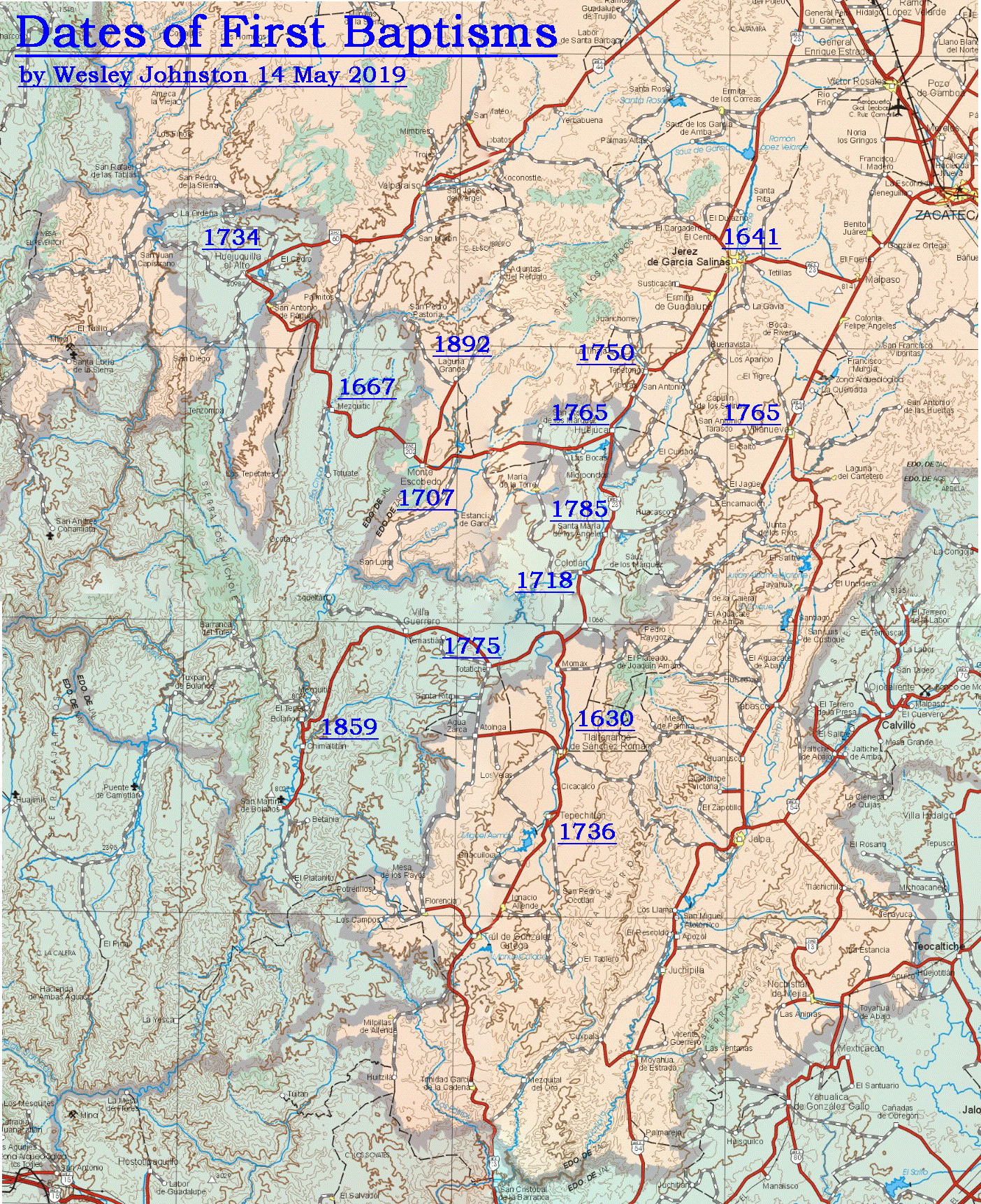
Colotlan Marquez Baptisms 1800-1825: No reliable complete index exists of the Colotlan baptisms of the early 1800's -- not on Ancestry, not on FamilySearch, not in the church books themselves. I discovered this when I found records in the church books that I then tried to find using Ancestry and FamilySearch indexes, and many of them were not in any index. While we have a great many names in Colotlan, the immediate need was for Marquez baptisms in the early 1800's, which will be followed by the need for baptisms a generation earlier. So I realized that the only way to find all the Colotlan Marquez baptisms was to go page by page and record by record through the hundreds of pages of church books and make a spreadsheet of all the baptisms of children of a Marquez parent. That spreadsheet is now available here. Be sure to read the "About this spreadsheet" worksheet. Click here to view or download the spreadsheet as of 8 May 2019. The 1704-1713 Tlaltenango Marriages Omitted from the published book: In his otherwise outstanding 2010 book "Familias Antiguas de Tlaltenango", Arturo Ramos Pinedo transcribes all of the Tlaltenango (Zacatecas) marriage records from 1626 to 1723 -- except for marriages from 1704 to 1713. My web page The 1704-1713 Tlaltenango de Sanchez Roman Marriage Records Missing from "Familias Antiguas de Tlaltenango" lists those missing 1704-1713 marriages (as many as I have done thus far -- it is a work in slow progress). La Isla Espa ola 1500s Research Sources: Some of the ancestors came from Spain to the island of Espa ola (now Hispaniola, home of Haiti and the Dominican Republic) in the 1500s for a generation before coming to Mexico. This web gathers sources I have found for trying to make the documented connection through Espa ola back to Spain -- thus far without success. |
|
Lebanese Relatives' Ancestry Working in Arabic records certainly is a challenge, which has required extensive help. The Dedde Families Project has been quite challenging and yet also a reminder of just how much the people who lived in a small town lived within the richly woven fabric of generations of inter-connections, which they knew without documents. Genealogic DNA is an important part of this effort.
|
|
Cambodian-Laotian-Chinese Relatives' Ancestry All of what I have been able to gather of these relatives' ancestry is relatively little, due to the death and destruction (including intentional destruction of records) in the time known to most Americans via the Academy Award-winning movie "The Killing Fields". Genealogical DNA is an important part of this effort.
|
|
Navajo Relatives' Ancestry My Cornish 4th great grandmother was Jane Keam (1792-1874) from Luxulyan. Her ancestral line traces back to St. Mewan, where the line of Thomas Varker Keam (1842-1904) also traces. The St. Mewan records do not go back quite far enough to document the connection of the two lines, but if my conclusion from the current evidence is correct, Jane Keam was the 3rd cousin, 3 generations removed, of Thomas Varker Keam. Thomas Varker Keam came to San Francisco, where in 1862 he joined the 1st Cavalry of the California Volunteers in the U. S. Civil War. The unit spent most of the war in New Mexico, which is where TVK chose to settle after the war. He eventually married a Navajo woman and established a trading post at what is now Keams Canyon, Arizona. His extensive Navajo collection at the Royal Cornwall Museum was my first awareness of him (in 1981) and of his Navajo connection. In tracing many different lines of Keam descendants, he is the most famous. And tracing his descendants has led to a significant effort in the records of the Navajo people.
|
|
Trees for Friends
|